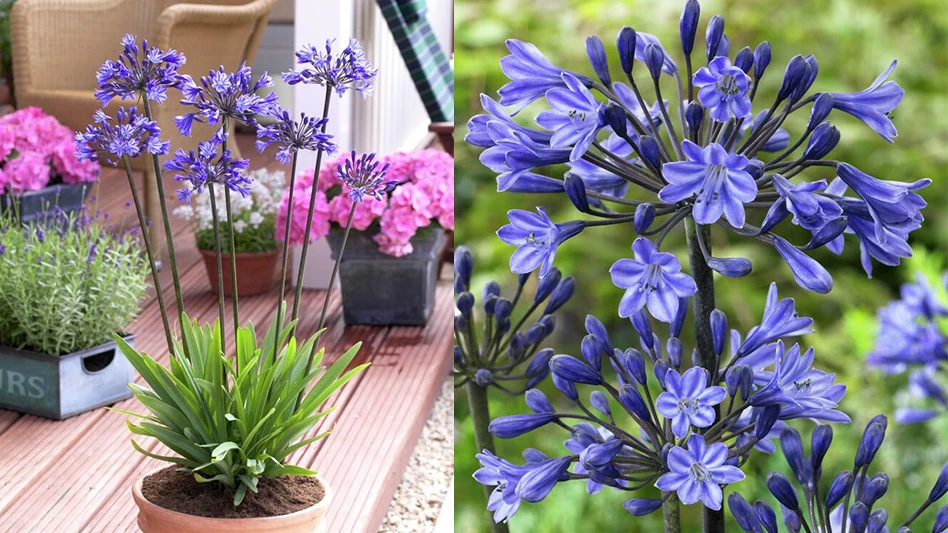 Suggest Japanese maple when customers ask for…
Suggest Japanese maple when customers ask for…
- Trees for small spaces
- Plants for Japanese/Zen-inspired gardens
- A tree with outstanding fall color
- A tree that grows well in large containers and/or on patios
- An eye-catching specimen for a somewhat shady area
- Something for a meditation and/or prayer garden
The Story
Japanese maple (Acer palmatum) is a small tree known for its attractive leaf shapes and colors. At retail, Japanese maples can be billed as “collector’s trees.” They’re relatively expensive given their small stature and slow growth rate. Salespeople can overcome customer reluctance by describing Japanese maples as prized specimens that make a unique addition to a garden. These trees are also ideal for customers wanting to create a calming, spiritual retreat.
Display and marketing possibilities
- Cluster coral-bark Japanese maples in a display of cold-weather annuals. The bare trees with brightly colored bark will add height and interest to the display.
- Take photos of full-grown Japanese maples at your local botanic garden or arboretum. Display these with your trees to show their full potential at maturity. (And tell your customers exactly where they can see the full-grown trees for themselves!)
- Create an Asian-inspired “forest.” Group Japanese maples and Asian-motif statuary/fountains into a mini-display garden.
- Display large, high-quality pottery with Japanese maples. Include a nicely potted Japanese maple in your container garden area. Proof that container gardening goes beyond annuals and perennials!

 Suggest Salvia when customers ask for . . .
Suggest Salvia when customers ask for . . .
- Butterfly- and hummingbird-attracting flowers
- Something that can be used as a cut flower
- Plants unattractive to deer or rabbits
- A drought-tolerant perennial
- Plants ideal for perennial borders
- Something for summer color
The Story
The name Salvia comes from the Latin word “salvere,” which means “to save,” in deference to the many herbal and medicinal uses of these plants throughout history. Current research is looking at the efficacy of salvia in the treatment of Alzheimer’s disease. Remarkably easy to grow, preferring full sun and well-drained soils, salvia are excellent candidates for perennial borders and also make great container plants. Avoid sites that retain moisture for any length of time. This is a perennial that thrives on “tough love.” Culture and history information courtesy of Plant Publicity Holland. Read more at PerennialandNurseryNews.com.
Display and marketing possibilities
- Pair in a display with crape myrtle, coreopsis and other drought-tolerant perennials
- Make it an element in a butterfly garden display
- Cluster salvia in an outdoor display of hummingbird feeders
- Include salvia in an education display describing how to test for “well-draining soil” in the garden. (Dig a hole roughly 2-feet deep and fill it with water. Let the water drain, then refill. If the water drains fully twice within an hour, the soil is well-drained and will support most plants.)


Explore the January 2010 Issue
Check out more from this issue and find your next story to read.
Latest from Garden Center
- Meet the All-America Selections AAS winners for 2025
- AmericanHort accepting applications for HortScholars program at Cultivate'25
- 2025 Farwest Show booth applications now open
- The Garden Center Group hosting 'The Financial Basics of Garden Retailing Workshop Series'
- Weekend Reading 11/22/24
- Hurricane Helene: Florida agricultural production losses top $40M, UF economists estimate
- Terra Nova Nurseries shares companion plants for popular 2025 Colors of the Year
- Applications open for Horticultural Research Institute Leadership Academy Class of 2026





